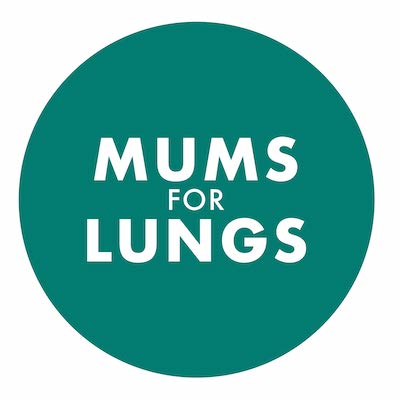Street design has an impact on population health
We all want to be healthy, happy, and get enough exercise. The problem is that our city, if poorly designed, prevents us from integrating walking or cycling into our daily lives. We can fix this by building better streets.
Experts call for more space
Health experts call for more space to be allocated to walking and cycling.
Today, over 100 health and transport experts call on government to support safe walking and cycling.
Dr Ben Beck, 23rd April 2020 on Twitter

Creating urban spaces for healthier lives
GTA Consultants point out that streets are being seen as places where life happens, and where communities are built; and it is timely to recast local streets as places to be rather than simply pass through.
Anything we can do to encourage more activity through good design and planning will have a material impact on decreasing the public health costs associated with managing these outcomes.
GTA Consultants
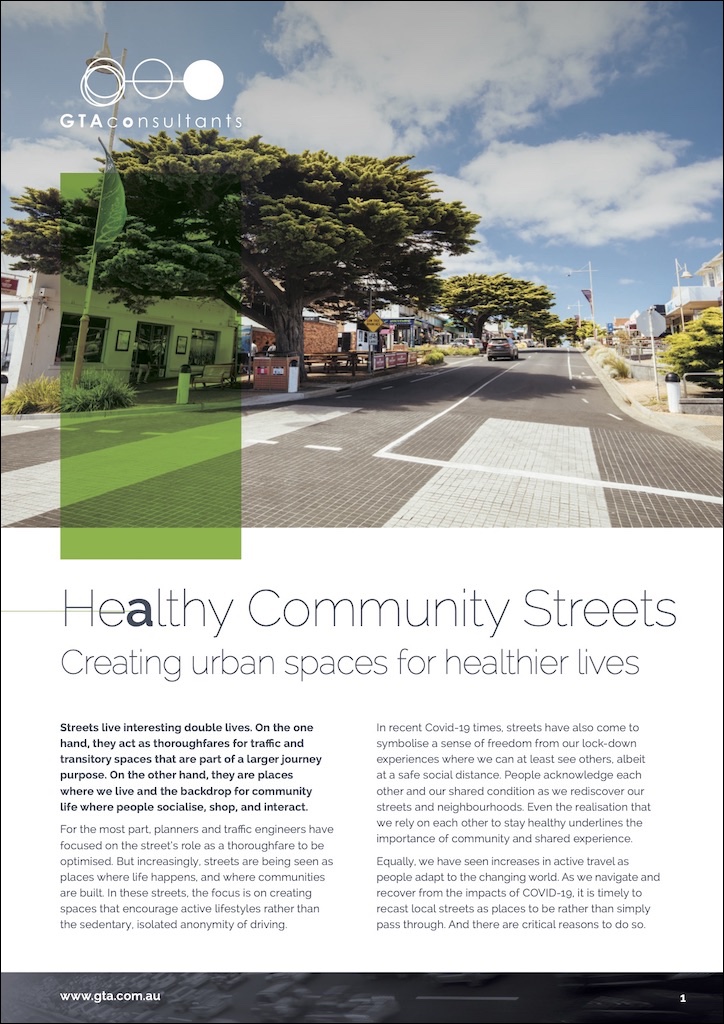
Pollution from exhaust and brake dust
The harmful impact of air pollution caused by diesel exhaust fumes on our health is well known. It’s responsible for causing everything from respiratory problems to dementia and even certain types of cancers. But what most people don’t realise is that exhaust fumes aren’t the only cause of air pollution. In fact, up to 55% of roadside traffic pollution is made of non-exhaust particles, with around 20% of that pollution coming from brake dust. And as our latest research reveals, these particles may be just as damaging to our lungs as exhaust fumes.
Liza Selley, University of Cambridge
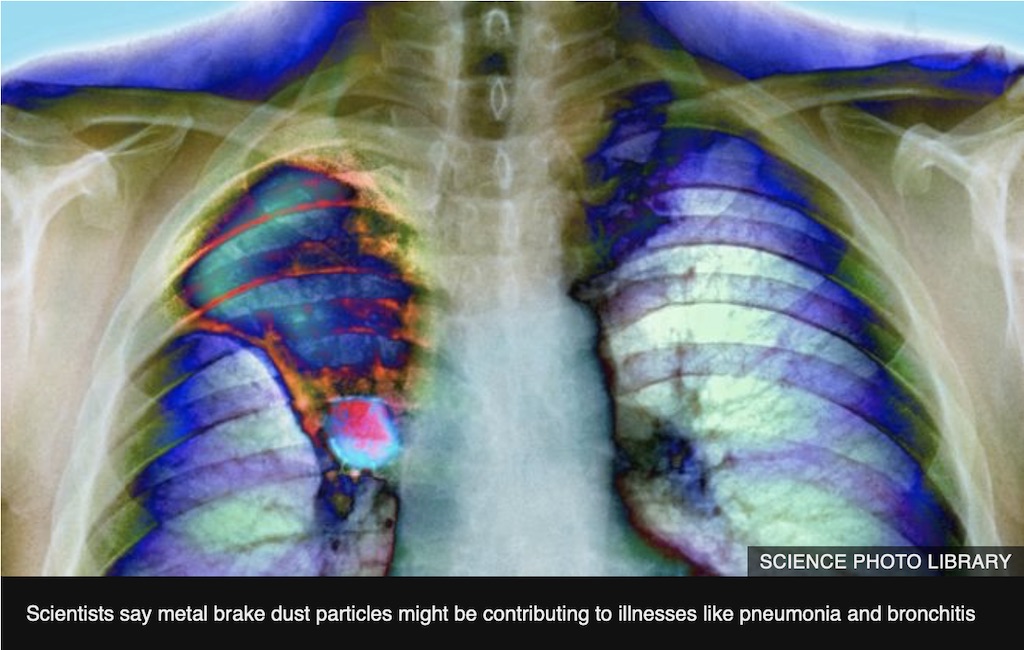
What Yarra can do
Yarra can directly impact health outcomes by influencing transport policies, and the allocation of public space.
The below figure shows how health outcomes are shaped by policies, plans and programs as well as the profound effects they have on people’s behaviours and the environment they live in.
GTA Insights Transport and Public Health
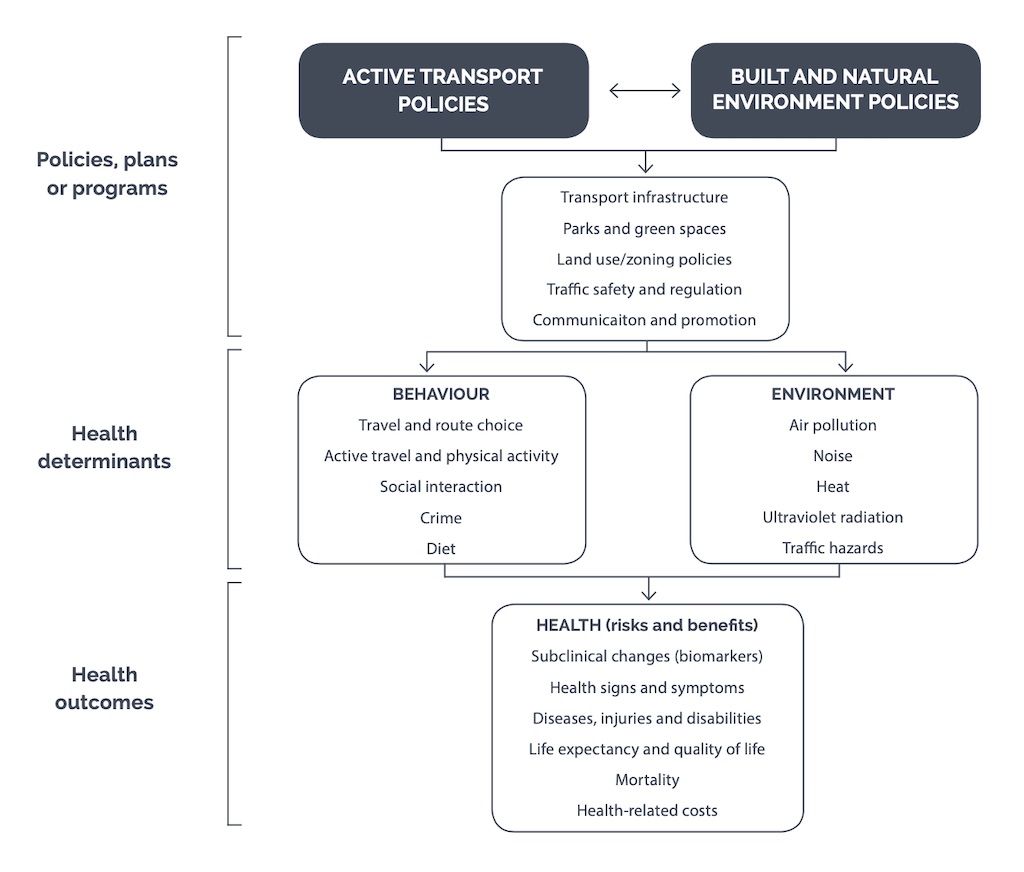
Health and longevity from low-intensity physical activity
The simplest and lowest cost method of improving population health is to enable people to integrate walking and cycling into their daily lives, such as going to work or the shops; and thereby decrease the number of vehicle kilometres travelled in our city.
Longevity all-stars don’t run marathons or compete in triathlons; they don’t transform themselves into weekend warriors on Saturday morning. Instead, they engage in regular, low-intensity physical activity, often as a part of a daily work routine. Rather than exercising for the sake of exercising, try to make changes to your lifestyle. Ride a bicycle instead of driving. Walk to the store instead of driving. . .
Dan Buettner, The Blue Zones: Lessons for Living Longer from the People Who’ve Lived the Longest
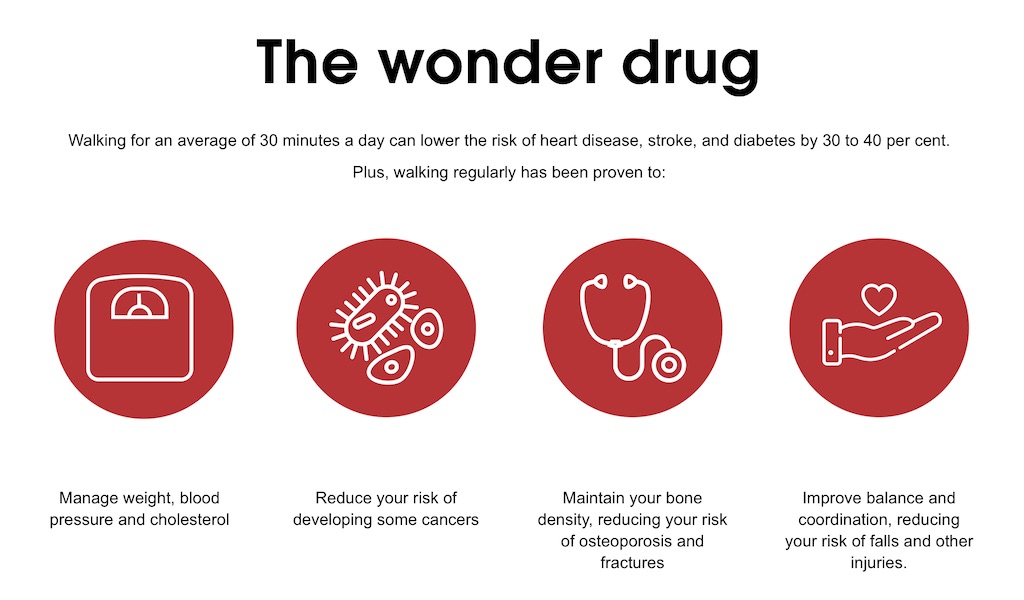
Blueprint for an active Australia
The Heart Foundation supports safe and active transport as a means of improving population health.
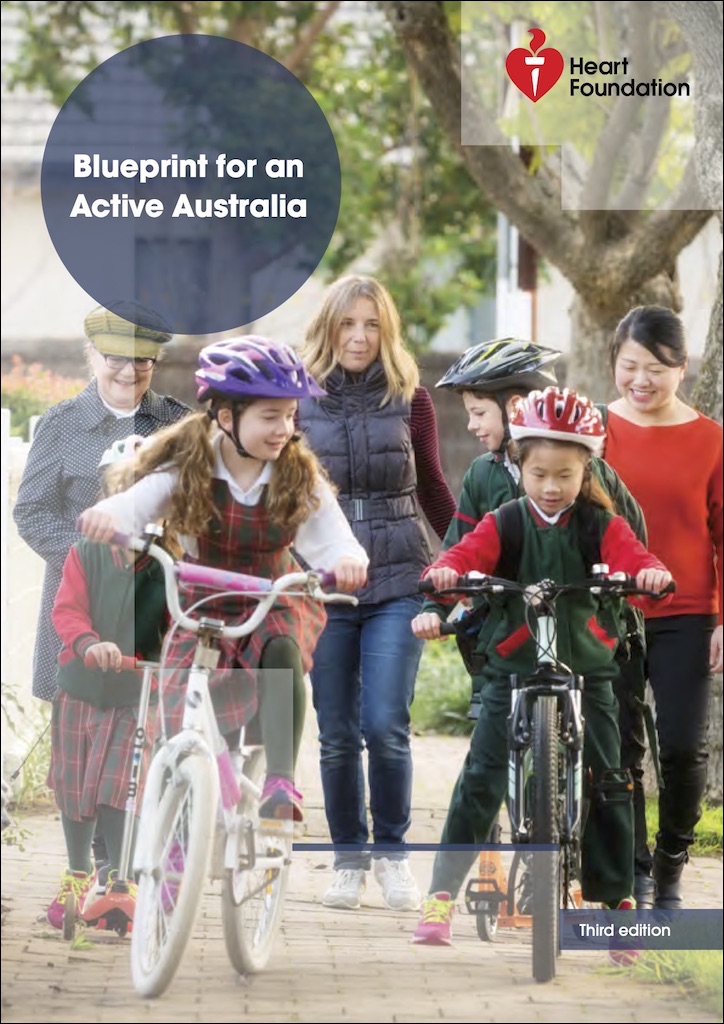
Specifically, they recommend investment in good movement networks.
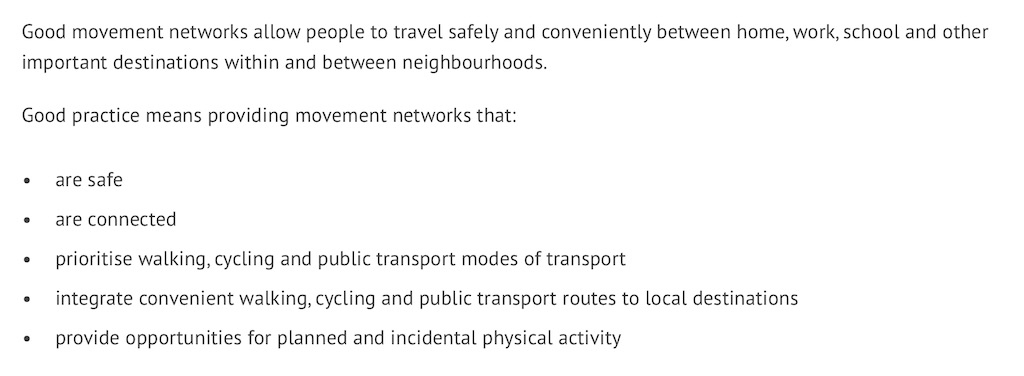
Even better, the value for taxpayers extends beyond public health.
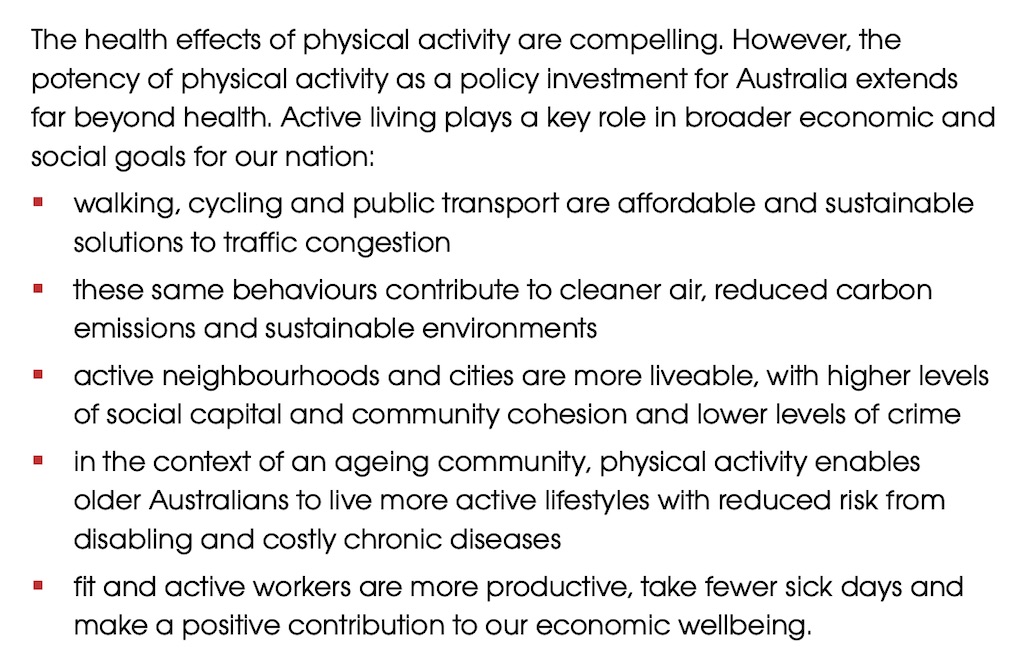
Conclusion
Yarra’s streets can be better for the health of residents and visitors if more space and budget is allocated to walking and cycling.
Support
Support for improved health comes from Mums for Lungs.
Australia has a reputation for its clean air. However, Australian cities too suffer from air pollution levels as a result of road traffic, that need to be minimised – for the health of children and everyone else.
Jemima Hartshorn, Founder, Mums for Lungs
Champion
Your local champion for Better for Health is A/Prof Katherine Barraclough – Chair of the Victorian branch of Doctors for the Environment Australia. View all of Streets Alive Yarra’s champions on our supporters page.

Physical inactivity is a major risk factor for a broad range of chronic diseases including obesity, diabetes, heart disease and more. Cities that are designed to support safe walking and cycling can play an important role in preventing these diseases by providing people with the opportunity for physical activity on a daily basis. Cities that promote active transport will also experience reduced road trauma and air pollution and contribute less greenhouse gas emissions, thereby further benefitting health. For these reasons, Doctors for the Environment Australia supports Streets Alive Yarra’s vision for a beautiful, liveable and accessible city with more budget and street space allocated to walking and cycling.
Katherine Barraclough – Doctors for the Environment Australia

